Thanks to the positive contribution of the CPTPP Agreement, two-way trade turnover between Vietnam and the CPTPP market in 2024 is estimated to reach 102.1 billion USD.
Export turnover to CPTPP market increased
According to information from the Center for Industry and Trade Information - Ministry of Industry and Trade, in 2024, two-way trade turnover between Vietnam and the CPTPP market is estimated to reach 102.1 billion USD, an increase of 6.8% compared to 2023, accounting for 13.1% of the total import-export turnover... In 2024, Vietnam's trade surplus with the CPTPP market is estimated to reach 9.4 billion USD, double the trade surplus of 4.7 billion USD in the previous year.
Each industry and export sector to CPTPP markets has had spectacular growth, higher each year than the previous year, and many groups of goods have a high rate of using CPTPP preferential certificates of origin (C/O). In particular, Vietnamese enterprises have effectively taken advantage of CPTPP incentives in markets in the Americas such as Canada, Mexico and Peru - countries that have had trade agreements with Vietnam for the first time under CPTPP.
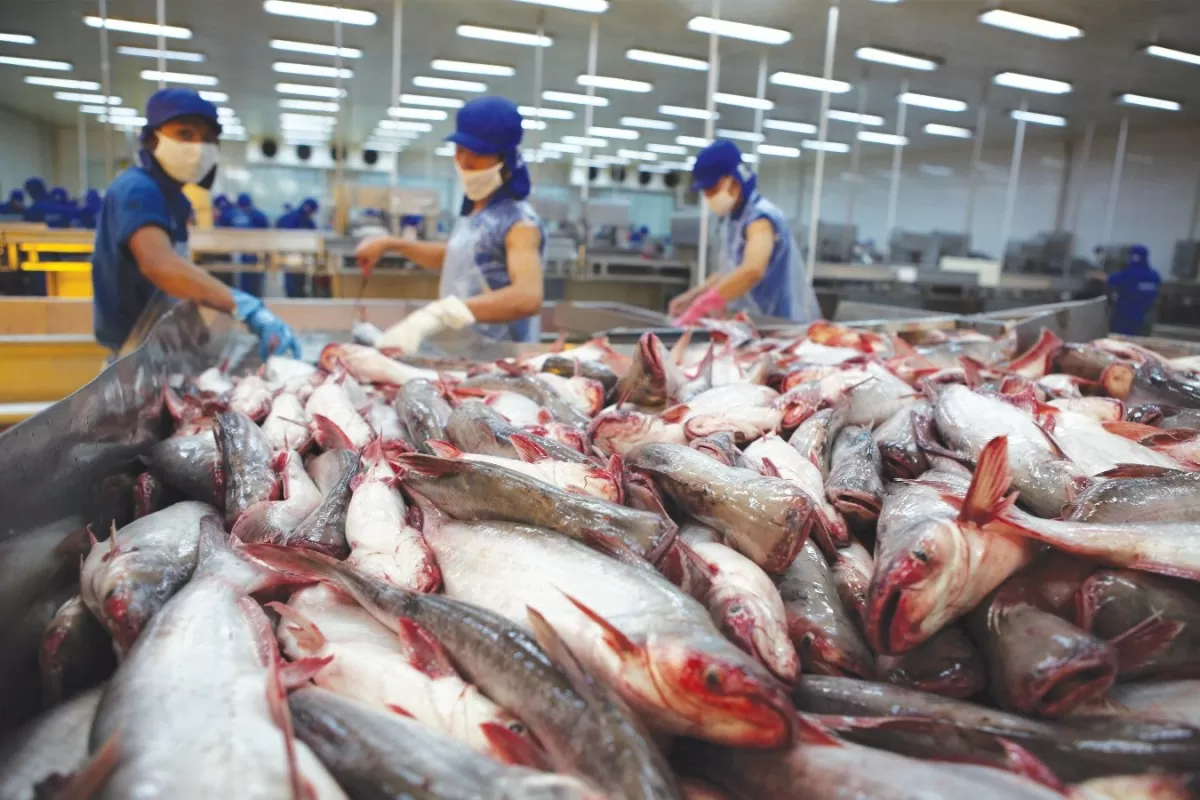 |
| CPTPP agreement creates momentum for Vietnamese goods to be exported to CPTPP market (Photo: VNA) |
The Comprehensive and Progressive Agreement for Trans-Pacific Partnership (CPTPP) officially took effect in Vietnam from January 14, 2019. After 6 years of implementation, CPTPP is considered one of the agreements that brings high efficiency to Vietnamese goods exported to this market.
Along with the 11 original member countries, CPTPP officially took effect with the United Kingdom from December 15, 2024. Opportunities and challenges continue to open up for Vietnam in 2025 as well as the 12 member economies of the trade bloc accounting for 15% of the world's total GDP and a population of more than 500 million people.
The Ministry of Industry and Trade assessed that after 5 years since coming into effect in January 2019, CPTPP has played an important role in promoting Vietnam's trade with markets in the Americas, especially member markets including Canada, Mexico, Chile, and Peru (in which Canada, Mexico and Peru are the markets that have FTA relations with Vietnam for the first time).
These results show that the CPTPP Agreement has had positive impacts, whether directly or indirectly, on Vietnam's exports to this market.
Regarding the Asian and African market, according to the Department of Asian and African Markets, after more than 5 years of taking effect, the CPTPP Agreement has significantly increased import and export growth between Vietnam and Asian countries in the CPTPP region. CPTPP is also a lever to push Vietnamese goods to markets, in which some demanding markets such as Japan, Australia, and New Zealand have immediately cut import tariffs on many important products such as wooden furniture and agricultural and aquatic products. This increases the scale of trade between Vietnam and CPTPP countries as well as significantly contributes to Vietnam's economic growth.
Regarding the structure of our export products to these markets, they are mainly phones and components; machinery and spare parts; textiles; footwear; agricultural products... In particular, in 2024, machinery, equipment, tools, and other spare parts are the largest export product group to the CPTPP market with an estimated turnover of 7.12 billion USD, an increase of 22.4% over the previous year, accounting for 12.8% of the total export to the CPTPP market.
Regarding agricultural products, rice export turnover to the CPTPP market reached 555.8 million USD, up 74.9% over the same period last year. In addition, coffee export turnover also achieved a growth rate of 26%; vegetables and fruits increased by 20.6%; rubber increased by 118%...
Ms. Phan Thi Thanh Xuan, Vice President and General Secretary of the Vietnam Leather, Footwear and Handbag Association, said that the CPTPP Agreement has brought about very positive export growth figures for leather and footwear enterprises. If previously, enterprises in CPTPP countries only accounted for less than 10% of the total export turnover of the industry, now, they account for more than 14%.
Another industry is pepper, Ms. Hoang Thi Lien - President of the Vietnam Pepper and Spice Association (VPSA) said, 2024 will see a breakthrough in market exports thanks to advantages from FTA agreements and the efforts of businesses.
More specifically, pepper businesses have exported to many markets, including the CPTPP market. In this market, there are markets such as Australia, Japan, New Zealand... which are countries with high consumer demand, while Vietnam has an advantage in production.
“With the CPTPP market, we are currently exporting directly to the Japanese market and many Japanese enterprises have come to invest in the spice industry in Vietnam. As for the Australian and New Zealand markets, we currently have an absolute advantage in supplying pepper products,” said Ms. Hoang Thi Lien.
Focus on green factors
Although exports have made significant progress to the CPTPP market, exports to this market are also facing many barriers. In particular, the trend of green growth and sustainable development is becoming a mandatory choice and a requirement of global stature and scale.
Currently, EVFTA and CPTPP are the two agreements with the highest requirements on environmental protection and these regulations are increasingly becoming common standards for other agreements, becoming a global playground. Green growth requirements are essential to protect people, and are also a form of non-tariff tool that each country is allowed to build with increasingly higher standards.
For example, in Canada, Ms. Tran Thu Quynh - Trade Counselor, Vietnam Trade Office in Canada informed that since 2015, Canada has included the goal of responsible production and consumption in its sustainable development roadmap to produce using less resources, improving the quality of life of its people. In addition to policies to encourage electric vehicles and zero-emission vehicles, Canada encourages remanufacturing, refurbishing, recycling and reuse. From the government to the people, everyone must be responsible for reducing carbon in consumption regulations.
Canadian businesses also tend to replace similar products imported from far away by finding sources of supply from nearby markets. At the same time, they focus on finding import partners with the same interests and capabilities as themselves. For example, footwear, textiles, and furniture all need to pay attention to green production, clean production, and the use of recycled materials.
To support businesses, Mr. Luong Hoang Thai - Director of the Multilateral Trade Policy Department - Ministry of Industry and Trade said that the Ministry of Industry and Trade is making efforts to build a closely coordinated ecosystem between ministries, branches and localities to comprehensively support businesses.
In the process of enterprises making efforts to exploit and take advantage of incentives from CPTPP, if they encounter barriers or difficulties, ministries, branches and localities are ready to step in to support enterprises. The Government is also directing strongly to build an effective support system for enterprises. Up to now, we have initially formed a basic operating system to support enterprises in exploiting FTAs in general, and especially new generation FTAs such as CPTPP.
| In 2024, Vietnam's export turnover of goods to the CPTPP market bloc is estimated to reach 55.8 billion USD, up 11.2% over the same period last year; Vietnam's import turnover of goods from CPTPP member markets is estimated to reach 46.4 billion USD, up 2% over the previous year. |
Source: https://congthuong.vn/hiep-dinh-cptpp-rong-mo-co-hoi-cho-hang-viet-xuat-khau-371206.html


![[Photo] Closing of the 4th Summit of the Partnership for Green Growth and the Global Goals](https://vstatic.vietnam.vn/vietnam/resource/IMAGE/2025/4/17/c0a0df9852c84e58be0a8b939189c85a)
![[Photo] Air Force practices raising flag in Ho Chi Minh City sky in preparation for April 30th holiday](https://vstatic.vietnam.vn/vietnam/resource/IMAGE/2025/4/18/de7139d9965b44f8ac1f69c4981196fd)
![[Photo] General Secretary To Lam receives CEO of Warburg Pincus Investment Fund (USA)](https://vstatic.vietnam.vn/vietnam/resource/IMAGE/2025/4/18/7cf9375299164ea1a7ee9dcb4b04166a)
![[Photo] The beauty of Ho Chi Minh City - a modern "super city" after 50 years of liberation](https://vstatic.vietnam.vn/vietnam/resource/IMAGE/2025/4/18/81f27acd8889496990ec53efad1c5399)
![[Photo] National Assembly Chairman Tran Thanh Man meets with outstanding workers in the oil and gas industry](https://vstatic.vietnam.vn/vietnam/resource/IMAGE/2025/4/17/1d0de4026b75434ab34279624db7ee4a)



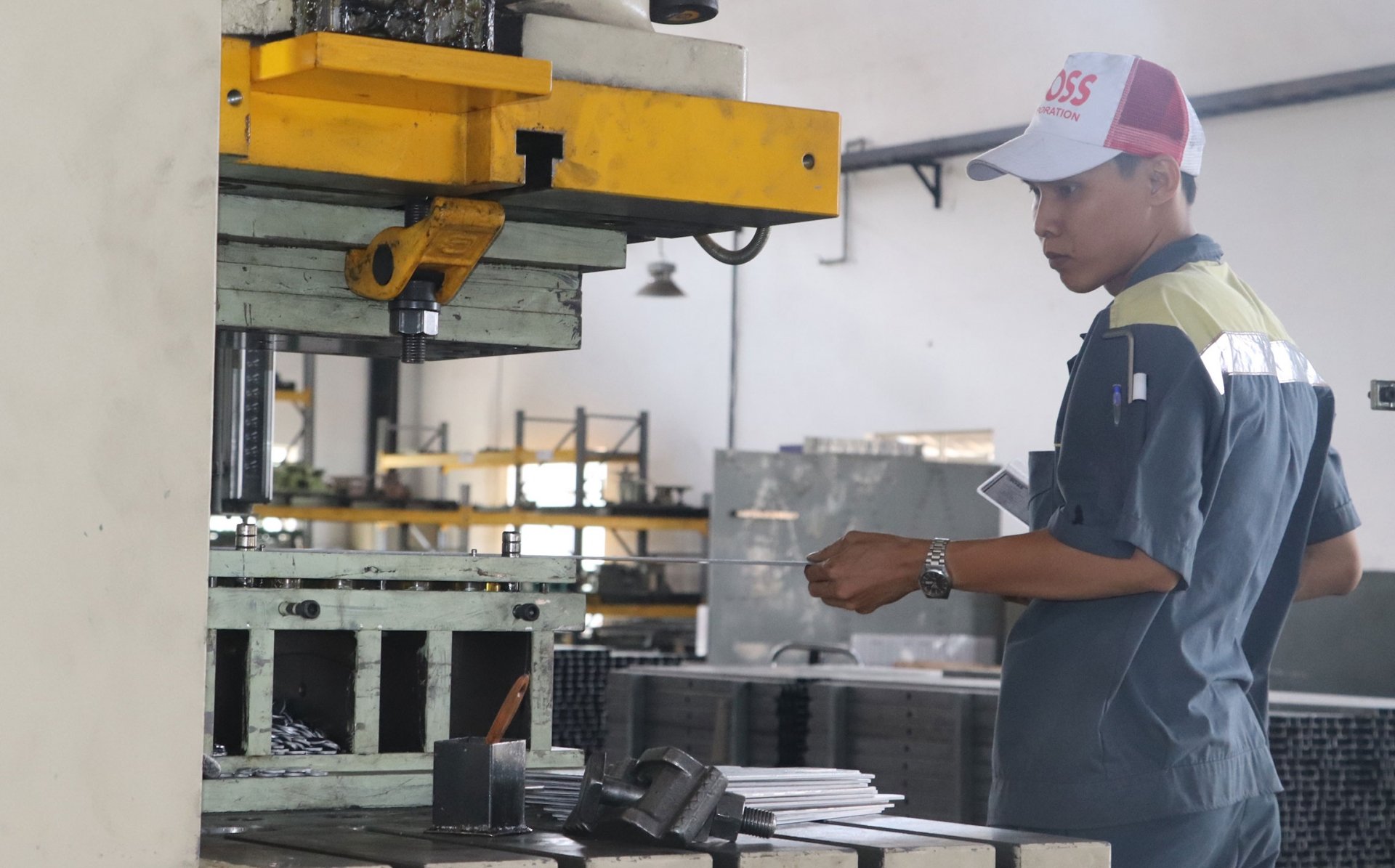


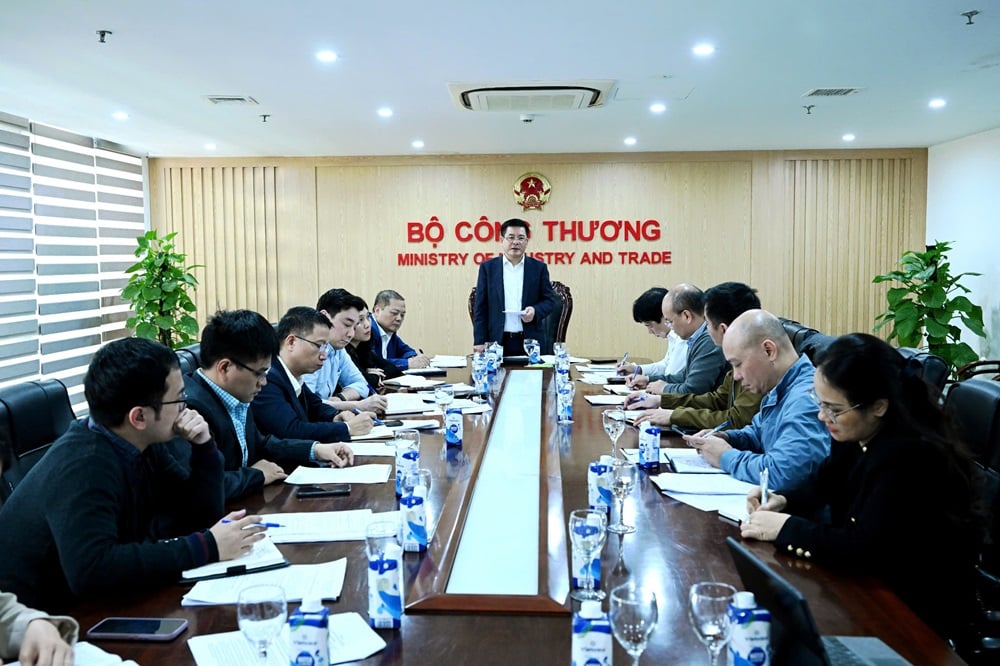


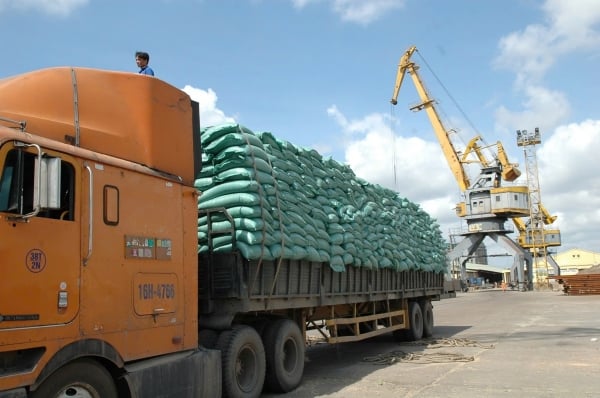










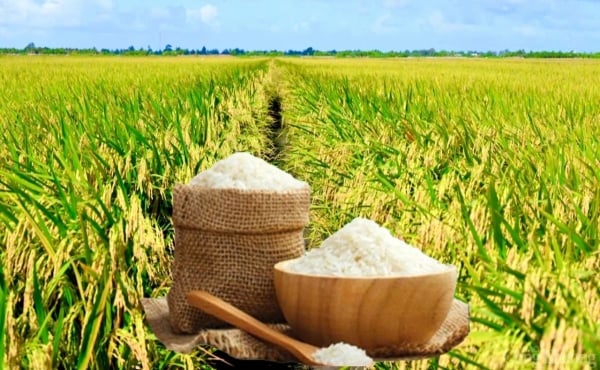



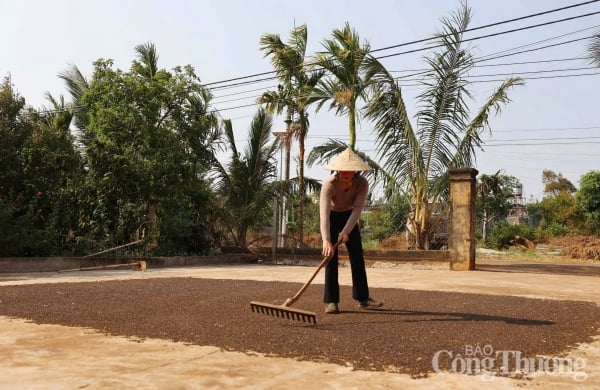
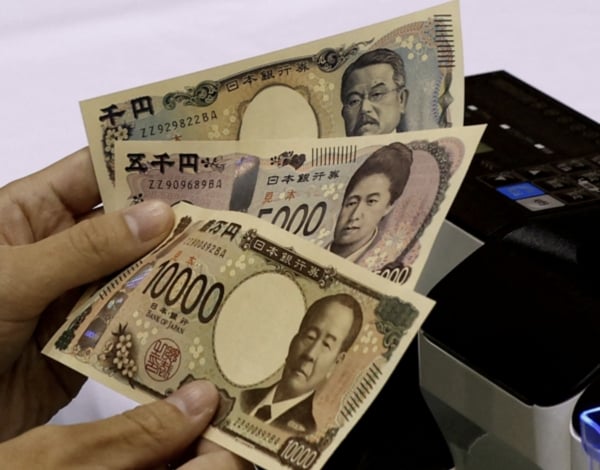
![[Photo] Nhan Dan Newspaper announces the project "Love Vietnam so much"](https://vstatic.vietnam.vn/vietnam/resource/IMAGE/2025/4/17/362f882012d3432783fc92fab1b3e980)









































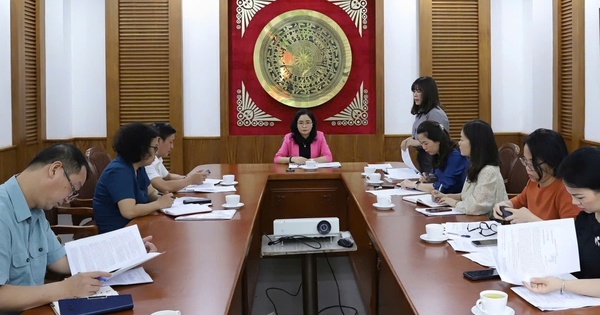

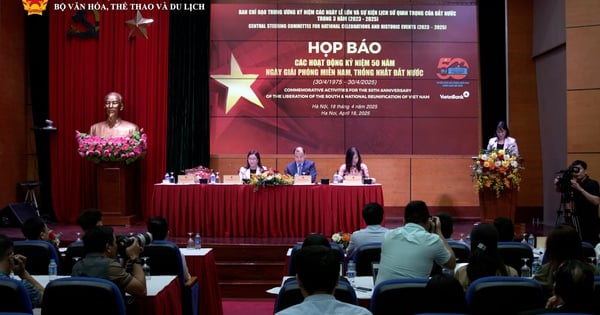
















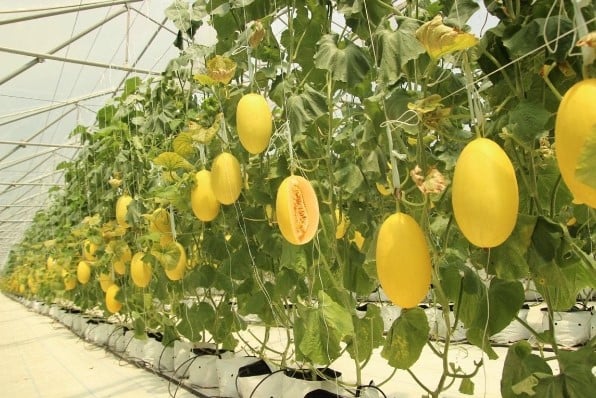
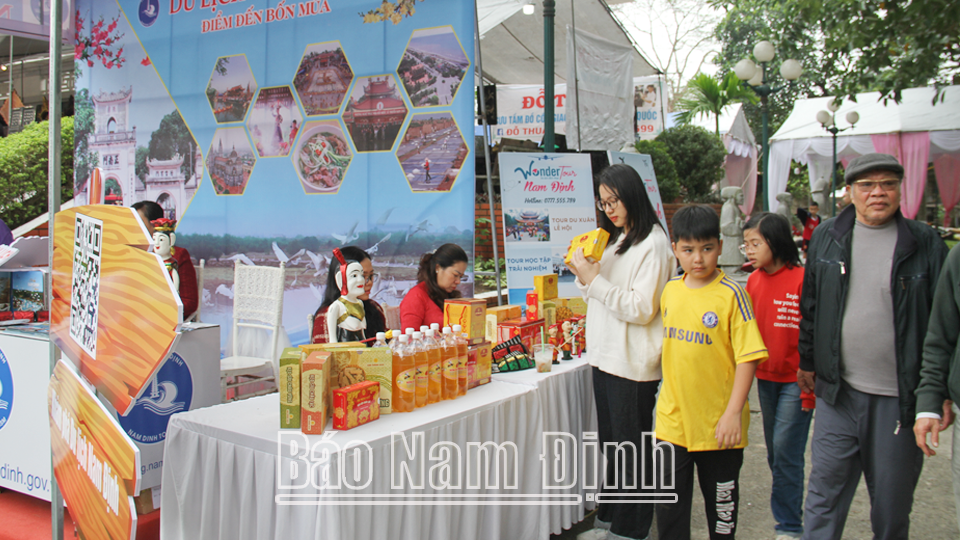





Comment (0)